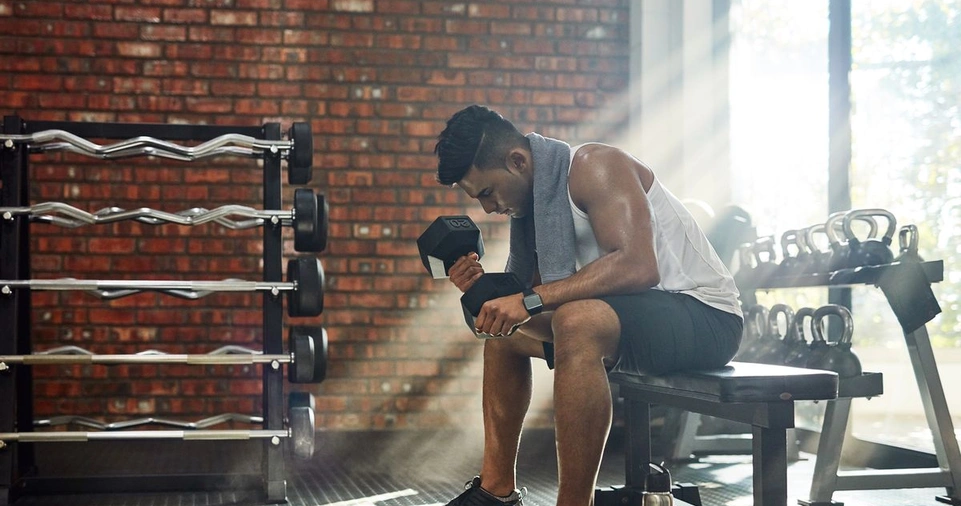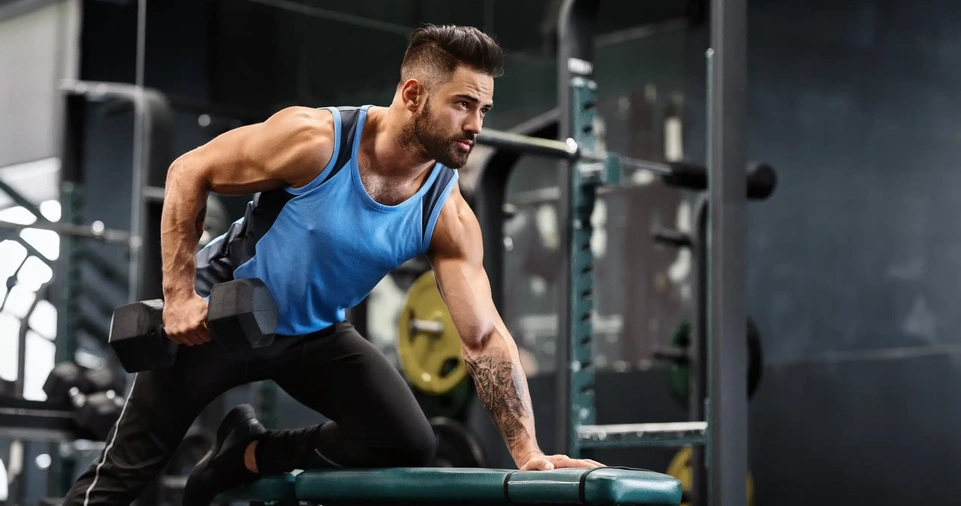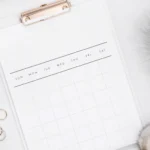Starting a workout routine doesn’t have to be complicated. Whether your goal is weight loss, improved strength, better cardiovascular health, or just feeling more energetic, a simple, consistent plan can work wonders.
This guide breaks down everything you need to begin a manageable workout regimen that fits your lifestyle, even if you’re a complete beginner.
Why You Should Start Working Out
Before jumping into routines and schedules, it’s important to understand why regular exercise matters. Here are a few science-backed reasons:
| Benefit | Description |
|---|---|
| Improved Physical Health | Exercise strengthens your heart, lungs, muscles, and bones. |
| Mental Health Boost | Regular workouts reduce anxiety, depression, and stress. |
| Increased Energy | Physical activity helps improve overall stamina and reduce fatigue. |
| Better Sleep | Regular exercise can lead to deeper and more restful sleep. |
| Weight Management | It helps burn calories and increase metabolism. |
Setting Clear Fitness Goals
Start by defining your fitness goals. These should be specific, measurable, achievable, relevant, and time-bound (SMART):
- Lose 10 pounds in 3 months
- Run a 5K in 8 weeks
- Do 10 push-ups in 4 weeks
Having clear goals helps tailor your routine and keeps you motivated.
Assessing Your Current Fitness Level
Knowing where you stand physically is crucial for preventing injury and tracking progress. Here’s a basic self-assessment checklist:
- How many push-ups can you do?
- Can you walk briskly for 30 minutes without stopping?
- What’s your resting heart rate?
- Do you have any physical limitations or injuries?
This information helps guide your starting point and pace.
Choosing the Right Type of Exercise

A balanced routine includes a mix of cardiovascular exercise, strength training, and flexibility work.
| Type of Exercise | Examples | Benefits |
|---|---|---|
| Cardio | Walking, jogging, cycling, swimming | Burns calories, improves heart health |
| Strength Training | Bodyweight exercises, resistance bands, dumbbells | Builds muscle, supports joints |
| Flexibility & Mobility | Yoga, stretching, foam rolling | Prevents injuries, improves range of motion |
Creating a Weekly Workout Schedule
Here’s a basic weekly workout plan for beginners:
| Day | Workout Type | Duration |
|---|---|---|
| Monday | Full-body strength training | 30 minutes |
| Tuesday | Cardio (brisk walk or jog) | 30 minutes |
| Wednesday | Rest or light yoga | 20-30 minutes |
| Thursday | Upper-body strength training | 30 minutes |
| Friday | Cardio + core workout | 30 minutes |
| Saturday | Lower-body strength training | 30 minutes |
| Sunday | Rest or active recovery | 20 minutes |
Essential Tips for Getting Started
- Start Small: Begin with 2-3 sessions per week and gradually build up.
- Warm Up and Cool Down: Spend 5-10 minutes before and after each session to stretch and move lightly.
- Stay Consistent: Consistency is more important than intensity when you’re starting.
- Track Your Progress: Use a journal or app to record workouts.
- Listen to Your Body: Rest if you’re sore or fatigued. Avoid pushing through pain.
Home vs. Gym Workouts
Both home and gym workouts have pros and cons:
| Location | Pros | Cons |
|---|---|---|
| Home | Convenient, low-cost, private | Limited equipment, distractions |
| Gym | Access to machines and classes | Travel time, cost, intimidation factor |
Choose what suits your schedule, personality, and budget best.
Basic Equipment You Might Need
You don’t need fancy gear to get started. Here are affordable essentials:
- A yoga mat
- Resistance bands
- A pair of dumbbells (5-10 lbs)
- Jump rope
- Comfortable workout clothes and shoes
Nutrition and Hydration
Exercise alone isn’t enough. Nutrition and hydration play a key role in performance and recovery:
- Eat a balanced diet with protein, carbs, and healthy fats.
- Hydrate regularly — aim for at least 8 cups of water a day.
- Time your meals to avoid working out on a full or empty stomach.
Staying Motivated Over Time
- Track milestones and celebrate small wins.
- Find a workout buddy or join a class for accountability.
- Mix it up with different workouts to keep it fun.
- Set mini-goals every 2-4 weeks to stay focused.
Troubleshooting Common Challenges

| Challenge | Solution |
|---|---|
| Lack of time | Break workouts into 10-minute chunks |
| Boredom | Try new workouts, apps, or playlists |
| Soreness | Prioritize rest and recovery days |
| Plateau | Increase intensity or change routine |
Safety First: Avoiding Injury
- Always warm up and cool down
- Use proper form, especially during strength training
- Don’t ignore pain — it’s your body’s way of signaling a problem
- Gradually increase workout intensity
Sample Beginner Bodyweight Workout
Here’s a no-equipment, full-body routine you can start today:
| Exercise | Reps |
|---|---|
| Bodyweight Squats | 15 |
| Wall Push-ups | 10 |
| Glute Bridges | 12 |
| Bird-Dogs | 10 (each side) |
| Plank | 30 seconds |
| Repeat for 2 rounds |
ALSO READ: How to Plan Weekly Meals Without the Stress?
Conclusion
Starting a workout routine doesn’t require a gym membership, personal trainer, or hours of free time. What it takes is commitment, consistency, and a plan that fits into your life. Focus on forming habits first, then gradually level up your intensity and complexity. In just a few weeks, you’ll feel the difference in energy, mood, and overall health.
No matter where you begin, the key is to begin. A simple workout routine can be the gateway to a stronger, healthier you.







